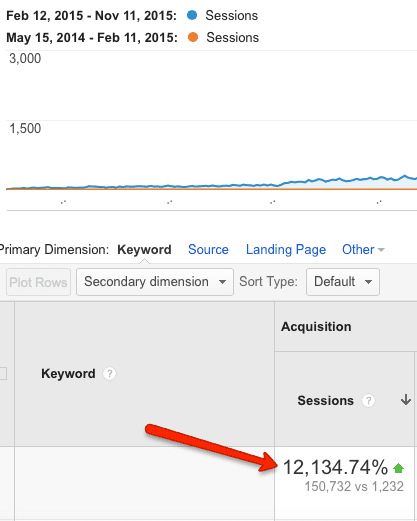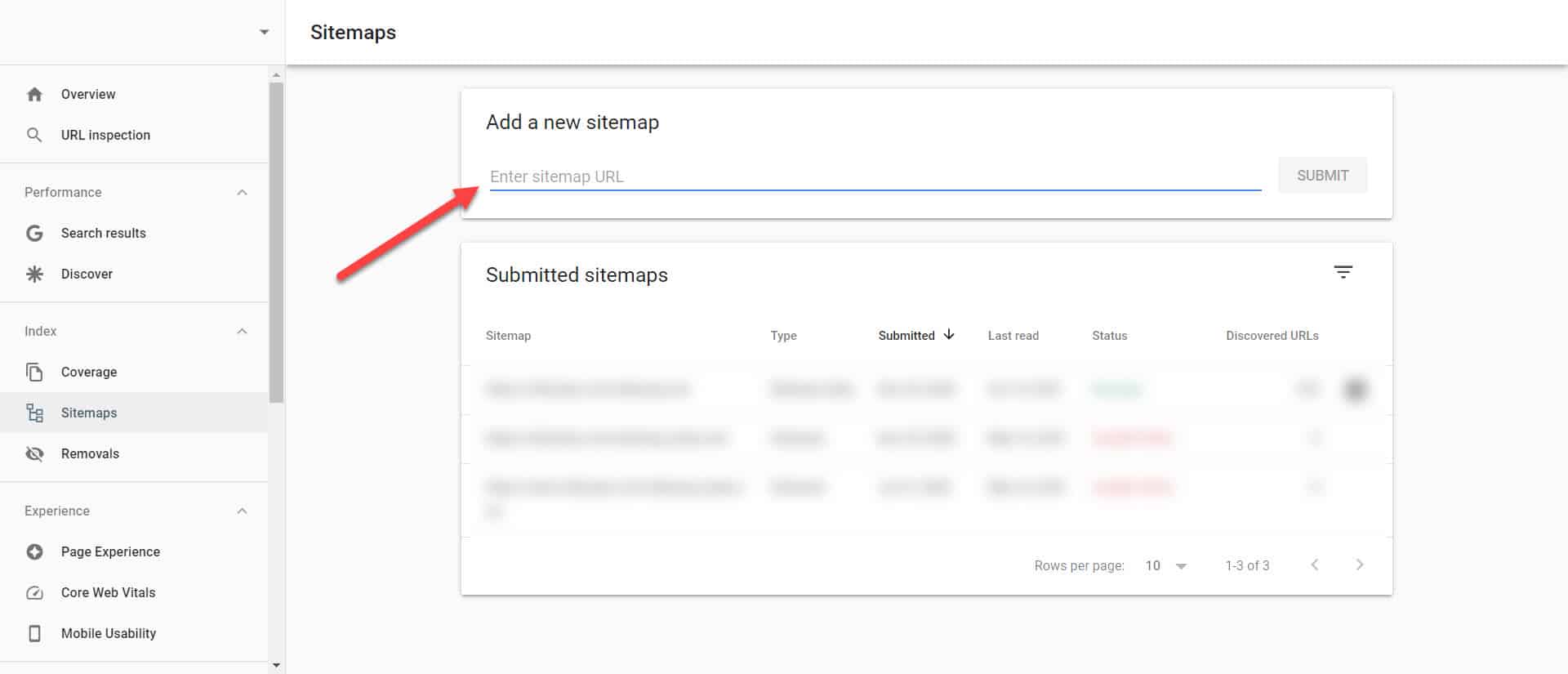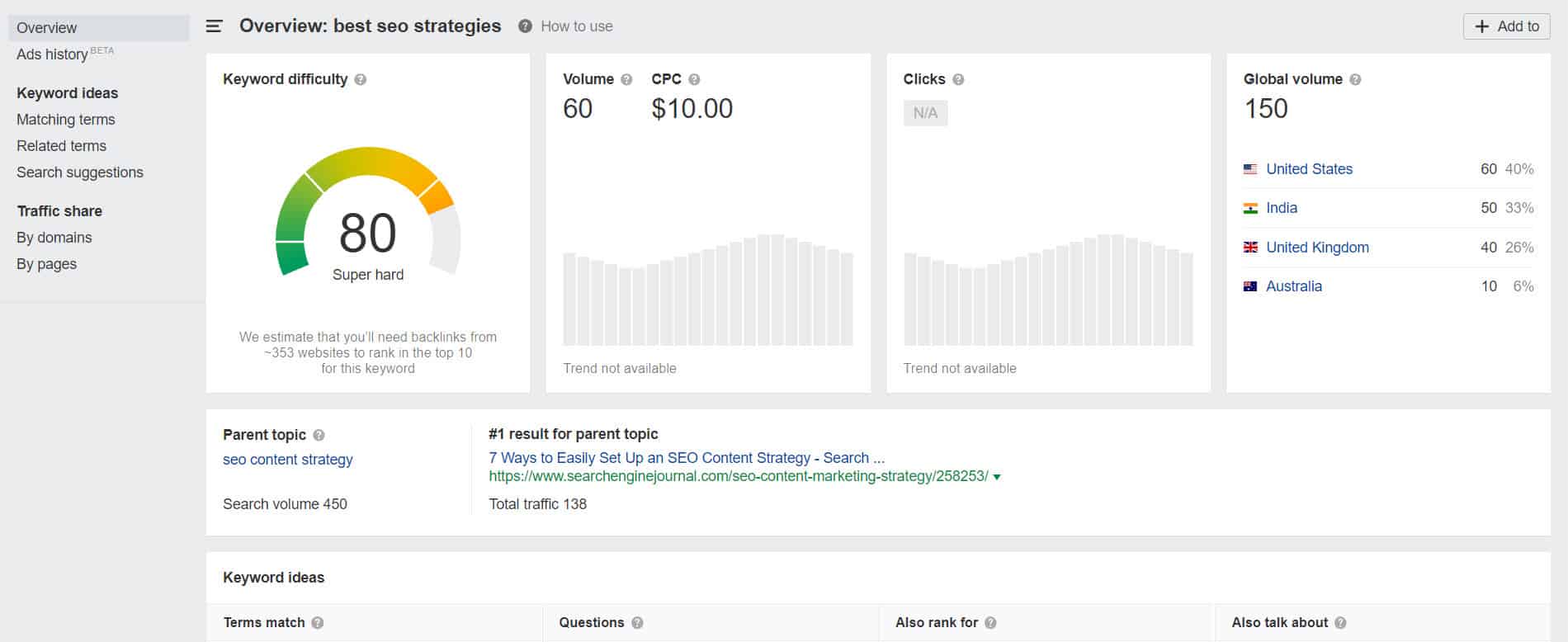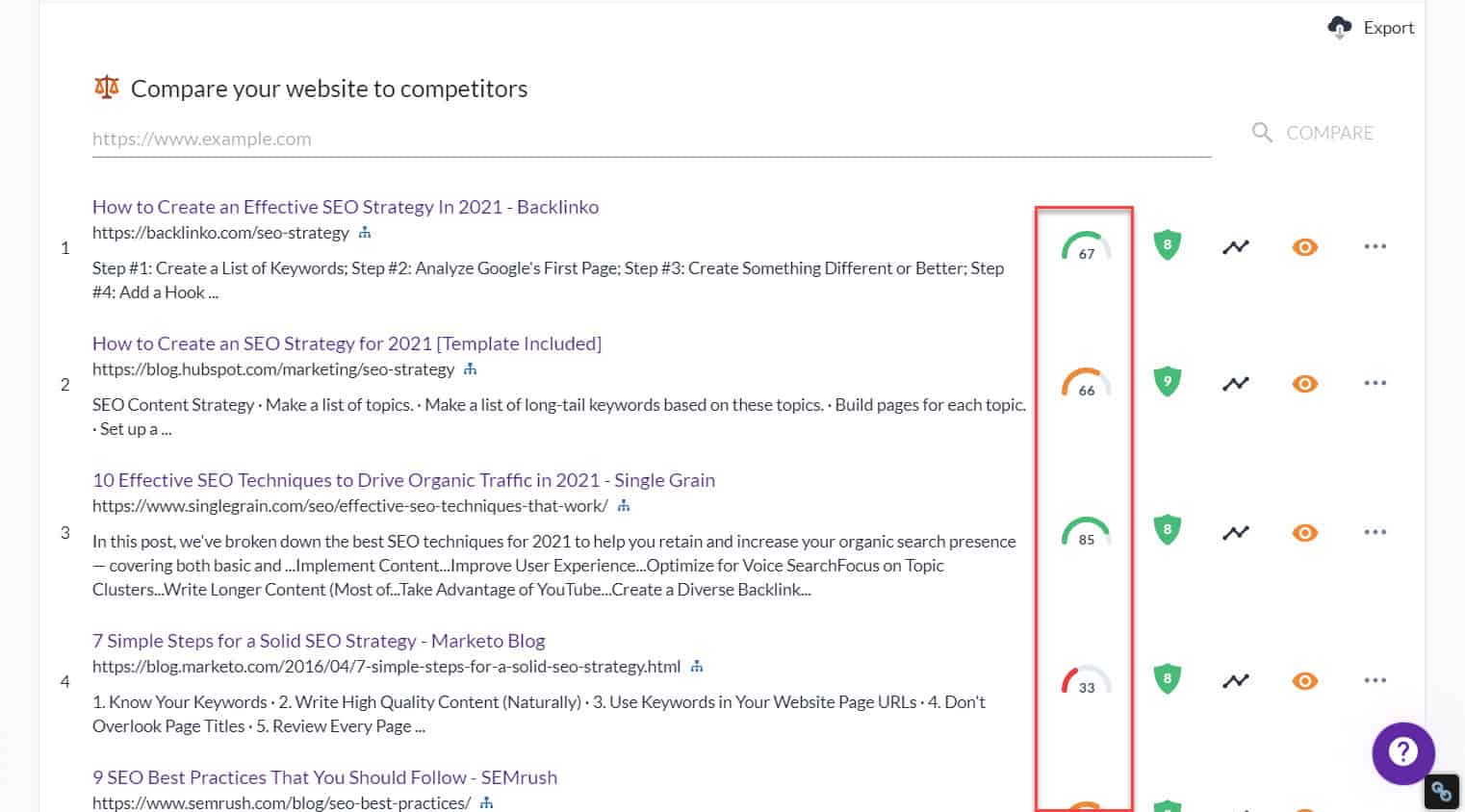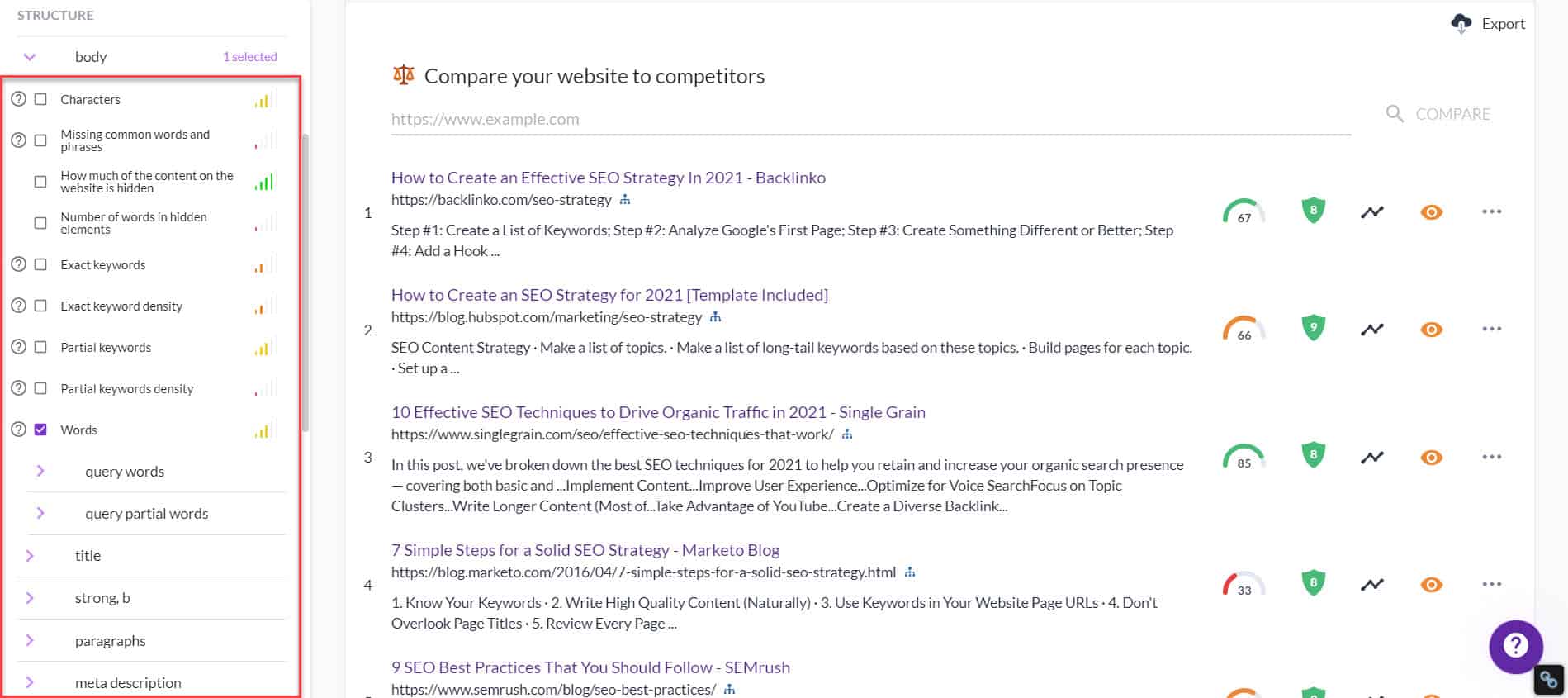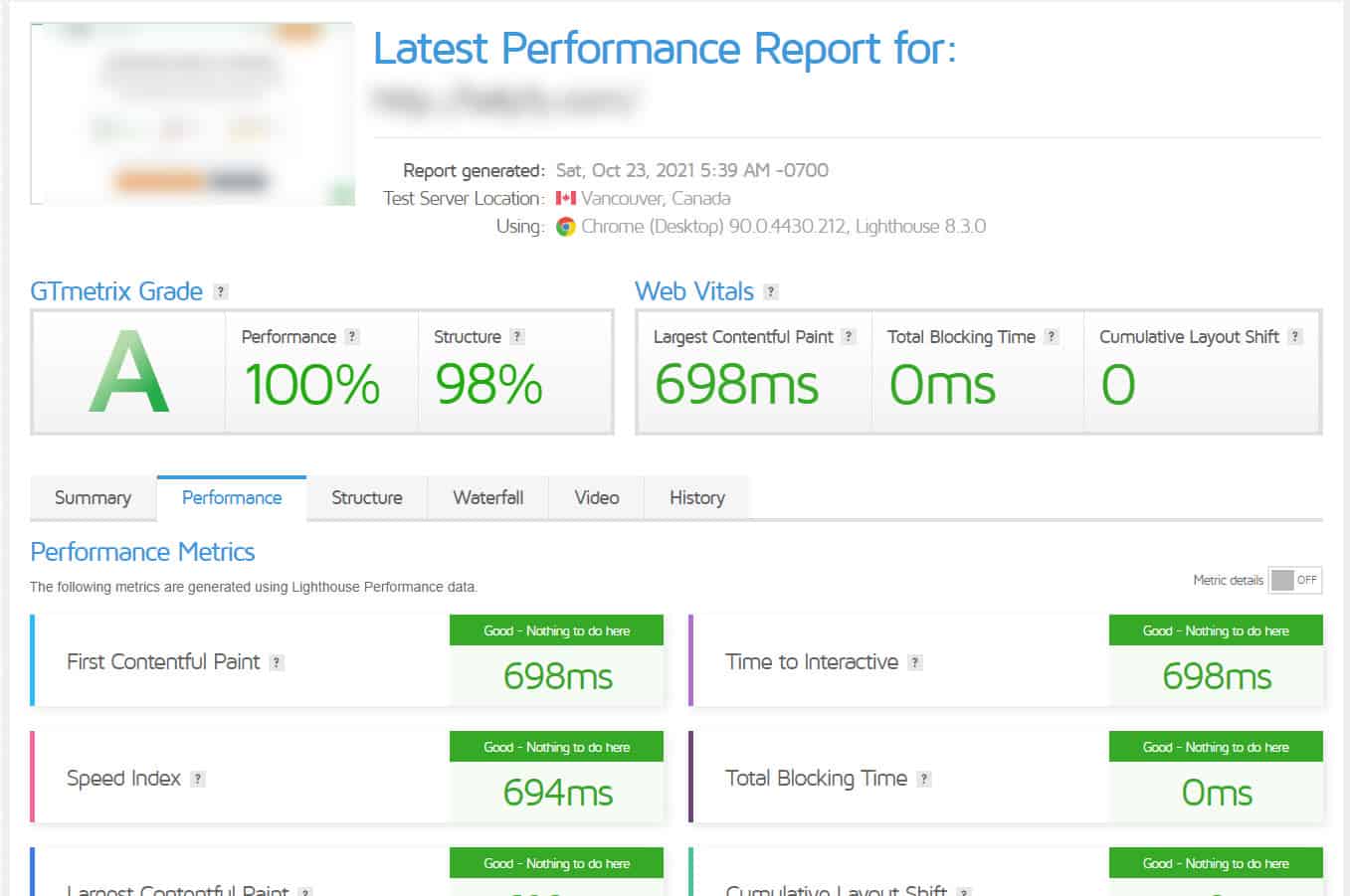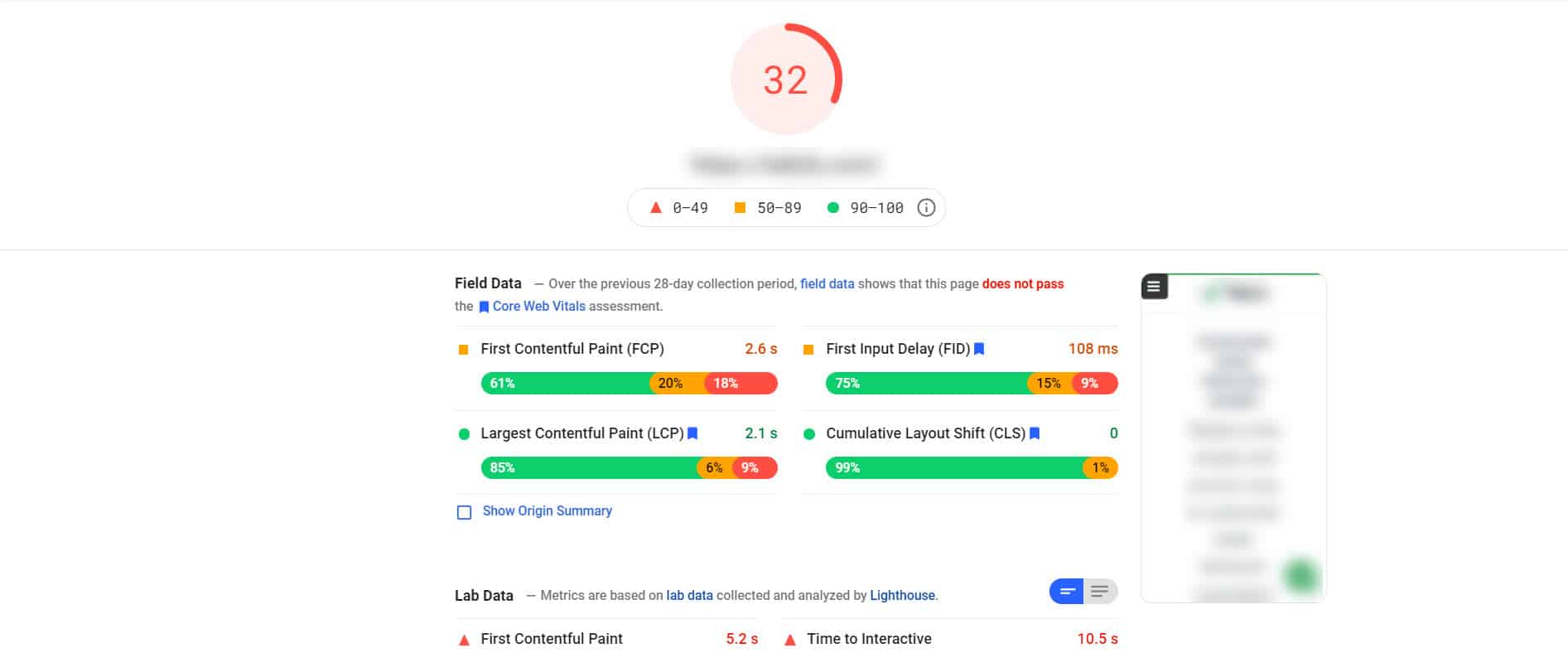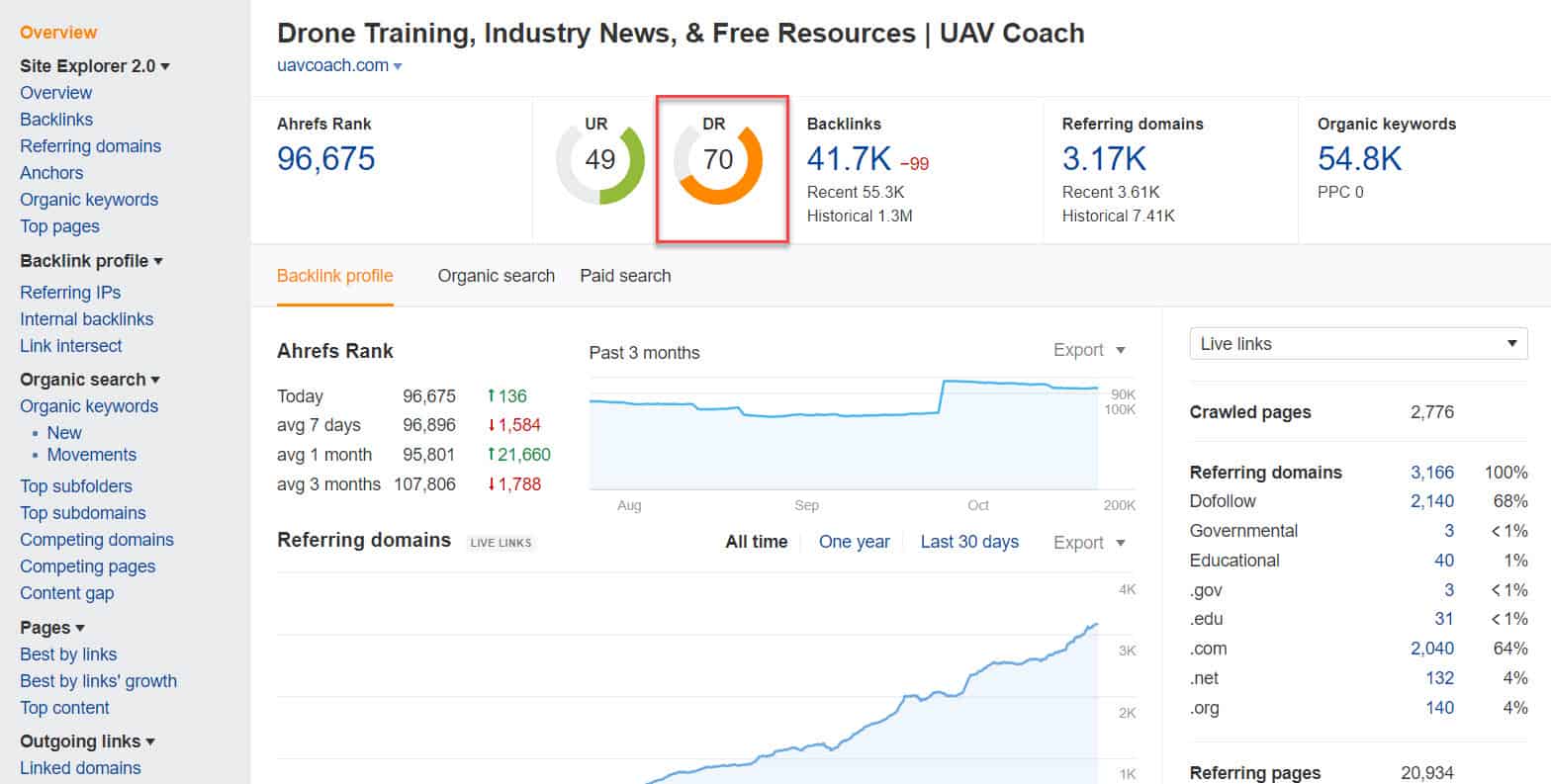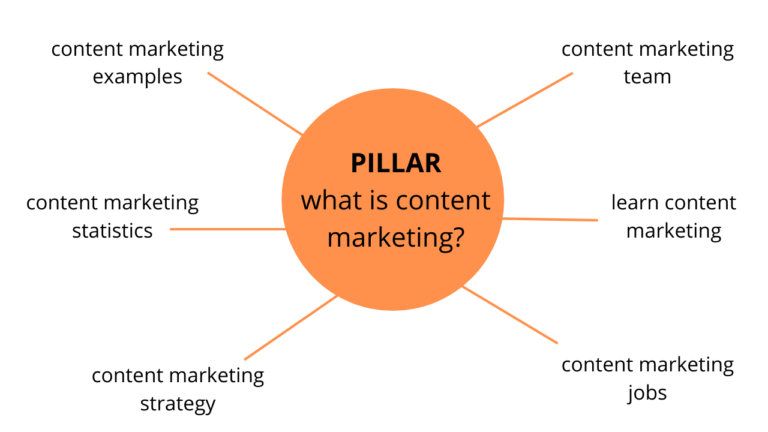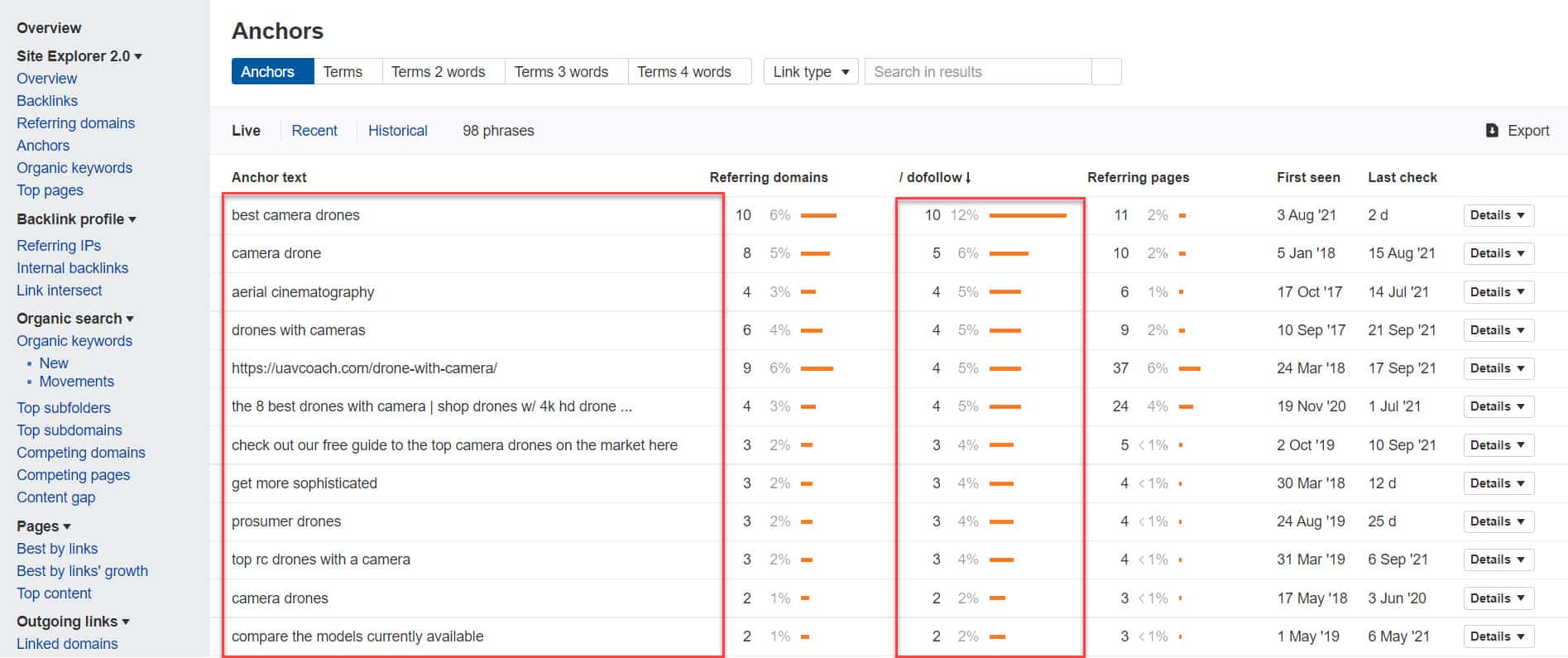Search engine optimization (SEO) remains one of the most sustainable and manageable ways to drive traffic to your website. By developing a solid SEO strategy and then executing it the right way, you can expect your website to rank higher in Google search results and increase the online visibility of your business.
But how long does it take before that happens?
In this post, we’ll look into how much time you’ll have to wait before you see the results of your SEO efforts. At the same time, we’ll talk about the factors that affect the progress of an SEO campaign and how you can speed up the process to generate SEO results fast.
This will also help you set up your client’s expectations the right way so they don’t overreact when the results are taking time.
How Long Do You Have to Wait Until You See SEO Results?
A lot has been said about the time it takes before the SEO campaign starts generating results. On average, it takes anywhere between 6-12 months before you can see an increase in organic traffic. This applies to new and established websites.
There are instances when the results manifest sooner or later than the 6-12 month window mentioned above.
For example, a 2015 study conducted by Michael Karp showed that he was able to increase the organic traffic of UAV Coach, a site about drones, by 11,065% in six months.
Image source: Robbie Richards
On the other hand, Apollo Digital released a case study in 2019 detailing their SEO campaign that helped grow a SaaS company’s traffic from 0 to 200,000 monthly visitors within two years.
Image source: Apollo Digital
Now, does this mean that the SEO campaign in the former case study was better than the latter since it shows a quicker growth of search traffic? Not necessarily.
If you click on the case study links above, each case study provides a comprehensive and replicable SEO process that even you can implement on your websites.
However, despite the depth and value of their respective SEO strategies, the lengths it took for their efforts to take effect are different.
If anything, the studies above show you that there’s really no concrete answer to how long SEO takes as it’s on a case-to-case basis depending on the niche, your strategy and so many other factors.
The Process of Ranking Websites on Organic Search
Since there’s no trick that you can do to rank in SERPs overnight, you’ll simply have to wait for things to happen.
And making something happen starts with getting a lot of factors right in your SEO strategy.
Before we discuss what those variables are, we need to get an overview of the whole process of ranking websites in search engine results:
#1 – Enduring the “Google Sandbox”
Brand new domains without any cached pages on search engines start their SEO journey on a blank slate. And since there’s no established relationship between the site and search engines, your goal is to build your site from the ground up following the best SEO practices.
However, even if you do build an authoritative site from the get-go, there’s a Sandbox concept in the SEO community, which means that Google puts forth a filter to prevent your website from ranking quickly. Known as Google Sandbox, owners of fresh domains will be hard-pressed to rank on organic search due to these perceived restrictions. And while Google employees deny the existence of a “sandbox” for new websites, SEOs are still split on this issue.
At the same time, the common denominator among sites that don’t rank on Google, regardless of whether they’re old or new, is that they have low trust signals.
This is true for brand-new sites since they’re starting from scratch. As for old sites, poor content and low-quality backlinks won’t help their cause of building trust with their target audience and search engines.
As a result, don’t expect to see these sites on SERPs until they prove to users that they can be trusted.
#2 – Crawling and Indexing Your Pages
Once you start publishing new pages on your site consistently, search spiders will crawl them and index them on SERPs.
The effectiveness of spiders crawling your pages depends on whether you included the pages in your sitemap. It gathers all the pages on your site that search spiders can read.
Normally, new pages automatically appear on the sitemap if it is set up properly. WordPress has plugins that allow you to control which pages and URLs go into the sitemap. And for Google to index the URLs in your sitemap, you must submit it inside your Google Search Console dashboard.
Once your page is crawled, spiders will index it on search results based on the information contained in it. This is where the bulk of your SEO work will go into. You must optimize the page for your target keyword(s) and create content that delivers value to the audience. This enables the spiders to determine which search phrases your page should appear for on SERPs. If your page is about the best SEO strategies, expect search engines to index it for the phrase “best SEO strategies” and other related terms.
In addition to on-page optimization, you need to have some solid backlinks as well pointing to your pages. Google considers backlinks as a form of recommendation. The fact that other websites linked out to your page(s) voluntarily means that they trust and approve the content on your page and are willing to share it with their audience.
At the same time, not all links are equal. A link from a popular site like CNN may carry more weight than a site that was just built seconds ago. Therefore, you want to acquire links from high authority websites, particularly those in your niche.
By creating optimized and valuable content and getting links from trusted sites, you can increase your chances of getting indexed faster and ranked higher on the SERPs for your target keywords.
Factors that Affect the Performance of Your SEO Strategy
Now that you’re aware of how search engines approach crawling and indexing pages to appear on SERPs, it’s time to break down the factors that influence the speed of getting your site to appear on SERPs.
Some of the factors here are beyond your control. Therefore, focus on the variables you can work on to ultimately get search engines take notice of your website faster.
Competition
How fast or slow your site’s SEO works will depend on the industry as a whole. It would take more than the best SEO strategy in place to get your website pages ranked on the SERPs.
In layman’s terms, the tougher the competition, the more difficult it will be to crack the first page of organic search results.
To determine the competitiveness of a niche, you need to refer to the various metrics provided in keyword tools like Ahrefs and SEMrush.
In particular, keyword difficulty (KD) refers to how easy or hard it is to rank your site for that specific keyword or topic.
KD is computed by analyzing the top pages that appear on SERPs for keywords for their on-page and off-page factors. If the keyword difficulty score is low, the majority of the site pages appearing on search results are not optimized for that keyword. As a result, you have a good chance of ranking for it, provided that you implement the best possible SEO plan out there.
However, remember that KD is more of a metric than an essential factor you should closely follow. Just because the KD score is low, it doesn’t automatically mean that competition is non-existent. You still have to manually check if you can outrank the sites that appear on SERPs.
Aside from keyword tools, content tools like Surfer SEO help you analyze the top-ranking pages and see how they have optimized their pages.
Surfer’s SERP Analyzer shows you the content score of the pages ranking for your chosen keyword.
Also, as a correlational tool, it helps you identify other factors you need to consider optimizing for. The higher the correlation of these factors across the top pages appearing on SERPs for the keyword, the more reason you have to include them on your page.
Once you’ve narrowed down who your top competitors are in your space, you can analyze their site as a whole or the specific pages that are ranking on top for your target keywords. Ahrefs’ Site Explorer provides you with data regarding these pages such as organic traffic, keywords, backlinks, and more.
From here, you can gain insights into the site’s SEO strategy and get ideas on how you can potentially approach yours. This way, you can put things into perspective and whether you can compete against these sites.
Website Speed
Website speed has been gradually turned into a ranking factor over the years. You can go back to 2015 when Google rolled out a mobile-friendly update coined the Mobilegeddon. The search engines rewarded sites with mobile-responsive designs, which allows the site to adapt to the screen resolution of the device visitors are using.
The idea behind mobile responsiveness is also to make your sites load faster on mobile devices since more people are going mobile with every passing day.
Eventually, site speed was turned into a ranking factor in 2016. The faster your website loads, the higher the chances are for your website to appear higher in SERPs.
You can go to GTMetrix or Pingdom to check your site speed to see how fast your site loads. When you run a speed test on any of these websites, you will get a list of recommendations that you can follow to improve your website speed:
However, Google released yet another update regarding site speed. To help site owners with more comprehensive data regarding their site’s performance, Google refers to Core Web Vitals (CWV) as a ranking factor in its Page Experience Update. CWV not only measures a site’s loading speed but also takes into account its responsiveness and stability.
By scoring high for these signals, you give Google more reasons to crawl and index your site faster.
To check your site’s Core Web Vitals scores, go to Google PageSpeed Insights and enter your domain in the text area. On the results page, you will see your CWV scores, along with suggestions on how to fix the issues.
Most of the issues require professional help from a developer to fix them. If you have a WordPress website, you can use a caching plugin like WP Rocket that will help improve your site’s speed and performance.
Also, moving your site to premium web hosting should solve some technical issues regarding site speed. From here, you should be able to make an informed decision as to which hosting provider you should go with.
Domain Authority
We have discussed the concept of domain authority briefly in some of the sections above. In a nutshell, it refers to how much power your site yields in its niche. If your site publishes the best content about topics within its niche and has backlinks from trusted websites, then you may consider your site as authoritative.
Once you have the necessary authority, it will be much easier for your site to rank on Google because of the authority you’ve built over time.
To get an idea of domain authority, you can refer to Ahrefs’ Domain Rating (DR). It measures the authoritativeness of a site based on the number and quality of backlinks. The better the backlinks are, the higher the site’s DR is.
Expect to have a very low DR score if you have a brand-new domain or even an old one but with poor links.
For those planning to build up their website authority, you need to build a strategy where you publish high quality SEO-optimized content and have other websites link back to your content.
Building Topic Relevance
While good content is something that you should constantly strive for on your website, it won’t do your site any favors on its own. What I mean is you need to group your content into different subtopics related to your main topic.
For example, if your site is about gaming laptops, you need to talk about the different hardware, brands, games, and other things—all of which will serve as your subtopics. For each of these subtopics, you need to create pillar content that will serve as a hub for the supporting articles covering everything readers must know about the subject. Then, you must connect all the articles under the same subtopic using internal links.
This process, known as topic clustering, allows you to build interconnected articles about the same subject relevant to your site’s niche. Here’s an example of how a topic cluster looks like:
Image source: Content Marketing Institute
Topic clustering as part of your SEO strategy works on two levels.
First, search spiders will have an easier time finding your pages. Without an internal linking strategy, you are leaving some of your site pages out to dry. As a result, these orphaned pages are neither indexed nor crawled by spiders because they don’t know the pages exist. And sometimes, your sitemap is slow to pick up on these pages.
Second, and more importantly, by linking together pages that share the same topic, you help build your site’s topic relevance. Search spiders not only look at the content on your page but also its links. And if they see that you linked to semantically relevant pages simultaneously, spiders will see the correlation among these pages much clearer.
If you have lots of topic clusters, you can build your site’s topic relevance faster. This results in potentially faster indexing and higher rankings of your websites once crawled.
Establishing Link Profile
To complement your on-page SEO, you need to step outside your site and pay attention to off-page SEO, which revolves around link building.
Similar to content creation, you need to build links at a sustainable pace.
In this case, aside from building better content, you want to acquire backlinks from websites with high DR to improve yours. You can do this by developing a link building approach targeting high-quality sites on your outreach.
One thing you must remember when building links for your site is to make it look natural.
The advice you’ll often receive from SEOs is to get dofollow links with exact match anchor text pointing to your target pages. This way, you enable link juice from the authoritative site to flow down yours. At the same time, the anchor text sends a signal to search engines indicating that your site is relevant for that keyword.
However, striving to get exact match anchor text only for your dofollow links makes your links look unnatural. This is a big red flag that tells search engines that you’re trying to manipulate rankings by building specific links to your site.
As a result, Google will not only ignore your website, but it could also deindex it from SERPs. That means all your efforts may go down the drain.
Therefore, you need to be careful with link building. You can build links to your site as long as you diversify the types of links you’ll be getting. For instance, you need to get a combination of both dofollow and nofollow links to your site. While nofollow links may not pass link juice to your site, they serve as trust signals and are not as useless as you think.
Also, mixing up your anchor texts using partial match and branded anchors helps you target more than a single keyword for your page.
The challenge now is to determine which links you plan on acquiring must be dofollow or nofollow and what anchor texts you must be using.
To do this, go to Ahrefs and check the top-ranking pages for your money keywords. For each page, click on Anchors to show you data on the kind of anchor texts your competitors used and how many of the links are dofollow.
Using the information here, you will have a better understanding of how to approach link building so you can get search engines to crawl and index your sites more efficiently.
Conclusion
Like it or not, SEO is a waiting game. Knowing how long SEO takes isn’t as important as developing a strategy primed for SEO success.
Once you’ve created content, refined its on-page factors, and built authoritative backlinks, it’s Google’s turn to reciprocate.
If your site doesn’t generate traffic over a reasonable period, this will be the time when you review your campaign and determine if there are issues you have made along the way. From here, make the necessary corrections so you can correct the course of your SEO plan and eventually see its results. Learn how to measure SEO performance.
